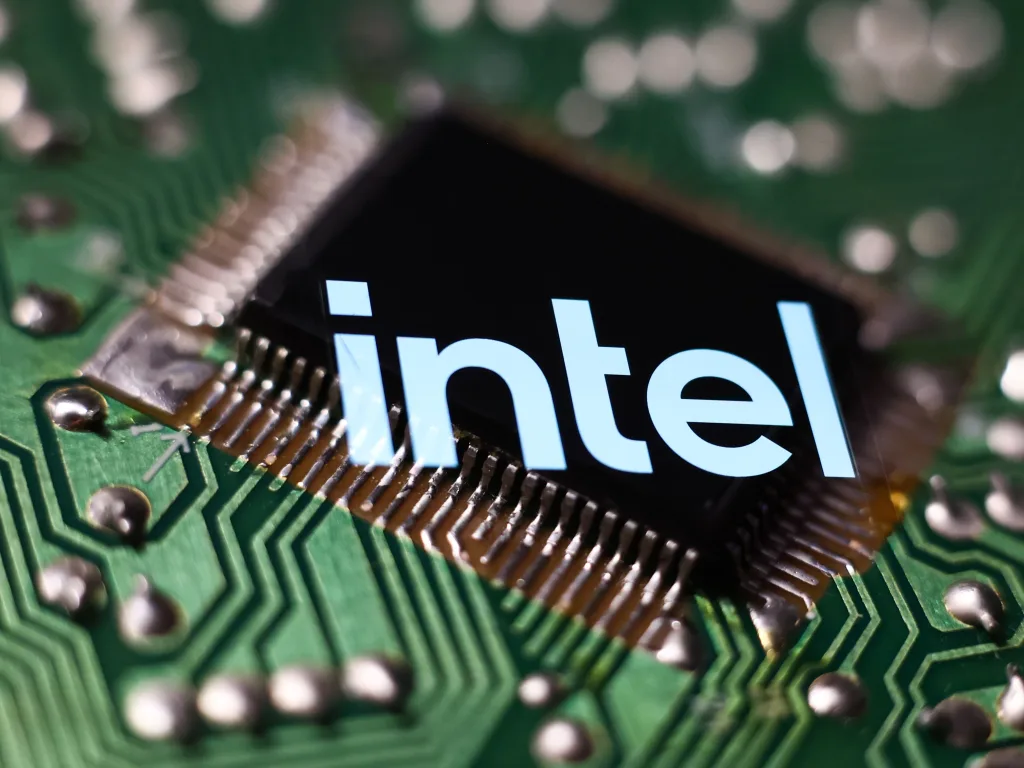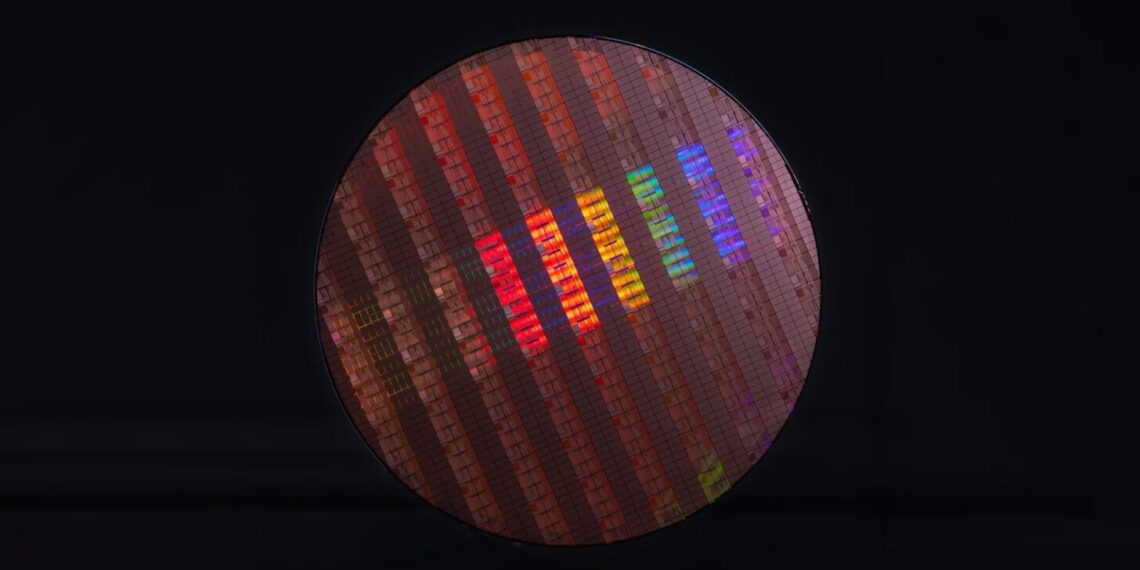Game-changing partnership on the horizon! Apple is reportedly exploring Intel’s cutting-edge 14A manufacturing process for future M-Series processors, potentially breaking TSMC’s monopoly in premium chip production. This strategic move could reshape the entire semiconductor landscape by 2028.

Table of Contents
Intel 14A: The Next-Generation Process Node
Intel’s 14A represents a significant technological leap, incorporating advanced features designed for AI and edge computing applications. The process utilises second-generation RibbonFET and PowerDirect technologies, building upon Intel’s 18A foundation.

| Intel 14A Features | Technical Details |
|---|---|
| Node Size | 1.4nm equivalent technology |
| Key Technologies | 2nd-gen RibbonFET + PowerDirect |
| Target Applications | AI workloads and edge computing |
| Expected Timeline | Commercial availability by 2028 |
| Potential Customers | Apple M-Series, NVIDIA GPUs |
| Competition | TSMC’s A14 process node |
Why Apple Might Choose Intel Over TSMC
The motivation behind Apple’s interest stems from supply chain diversification strategy. TSMC currently dominates the premium chip manufacturing market, giving them significant pricing power and production control over major tech companies.
Strategic Benefits for Apple:
- Reduced dependency on single supplier
- Potential cost advantages through competition
- Backup production capacity during high demand
- Geographic diversification away from Taiwan
According to GF Securities analyst Jeff Pu, “both NVIDIA and Apple seems to be interested” in Intel’s 14A process after sampling early development kits.
NVIDIA Also Considering Intel Partnership

Apple isn’t alone in this potential shift. NVIDIA has been rumored for months to explore Intel Foundry services, particularly for lower-end gaming GPUs. The AI boom has created such massive demand that relying on a single foundry poses significant supply chain risks.
This dual interest from tech giants could provide Intel with the external customer volume needed to justify continued investment in cutting-edge process development.
Market Implications and Challenges
Intel’s foundry business faces critical juncture. The company has stated they’ll abandon cutting-edge node development without sufficient external customer interest in 18A and 14A processes.
Success with Apple and NVIDIA could transform Intel from primarily a chip designer into a major foundry competitor against TSMC and Samsung. However, Intel must prove both technical capability and manufacturing reliability before major customers commit to production volumes.
The timing aligns perfectly with TSMC’s own A14 process development, creating direct competition in the 1.4nm space around 2028.
For the broader tech industry, this represents a potential end to TSMC’s near-monopoly in advanced chip manufacturing, potentially leading to more competitive pricing and innovation.
FAQs
When will Apple M-Series chips use Intel 14A process?
Earliest adoption expected around 2028 if partnership materializes.
Will this affect TSMC’s market dominance?
Could significantly challenge TSMC’s monopoly in premium chip manufacturing.








